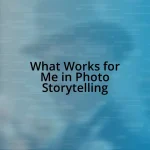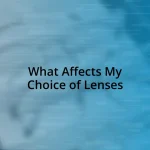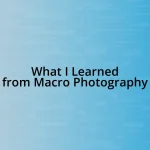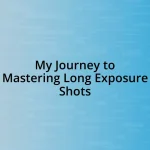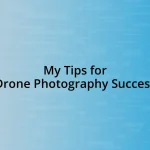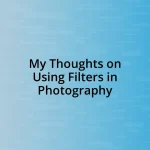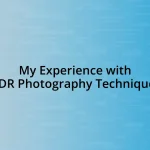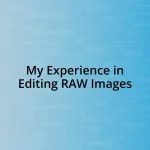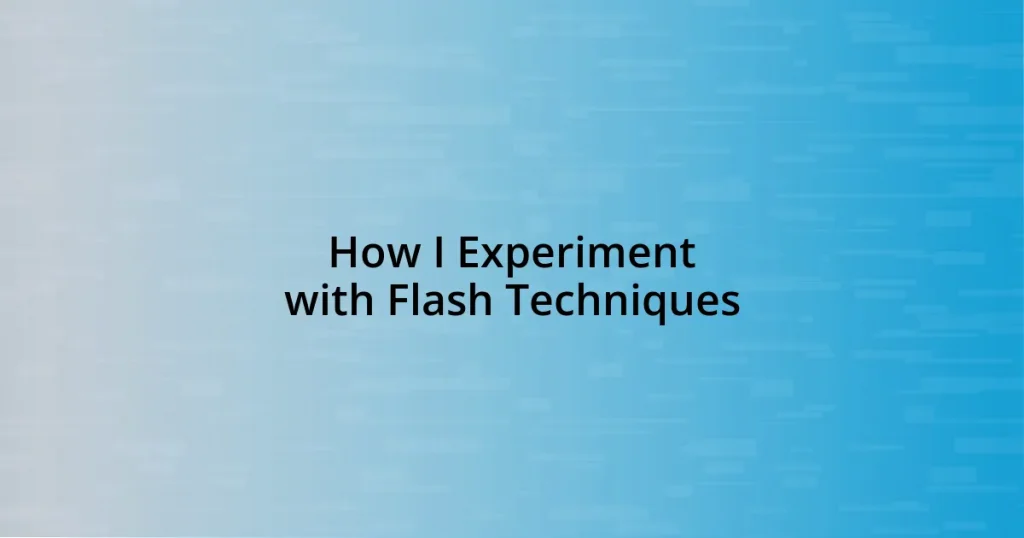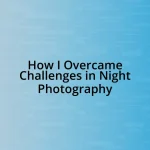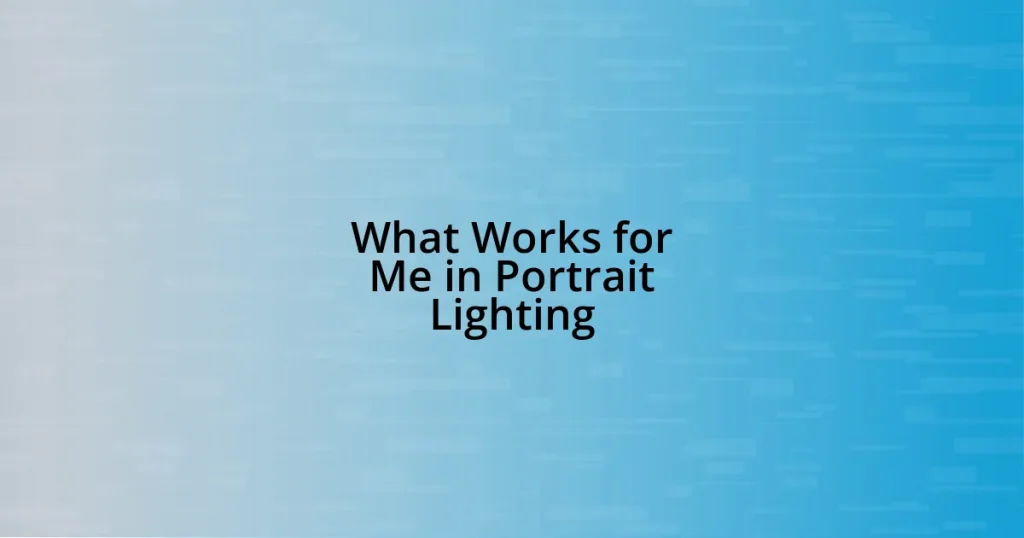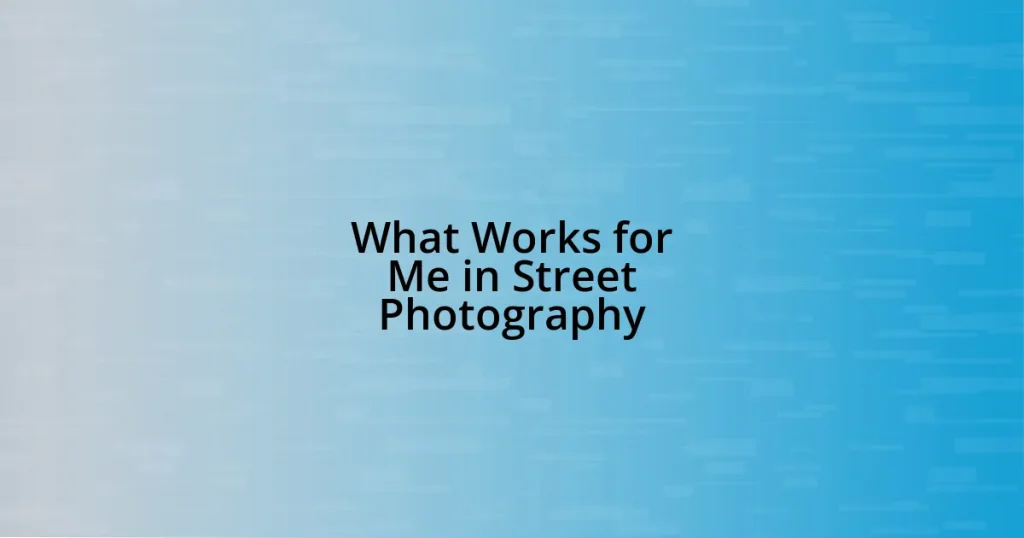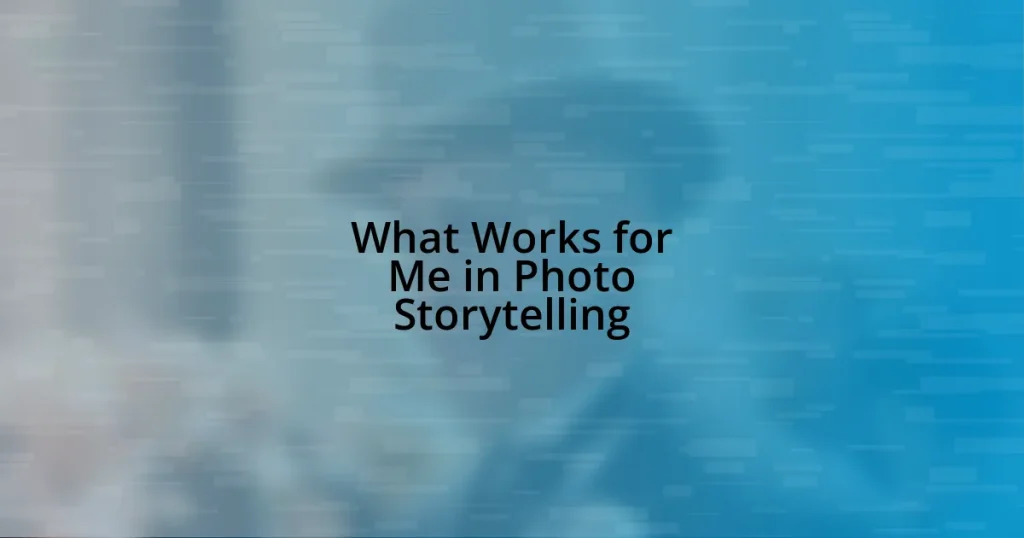Key takeaways:
- Understanding light direction and intensity in flash photography can significantly alter the mood and quality of images.
- Essential equipment includes an external flash, light modifiers, and light stands to enhance versatility and creative control.
- Experimenting with flash techniques, such as off-camera flash and slow sync flash, can dramatically elevate your photography.
- Evaluating results involves analyzing how light interacts with subjects and adjusting for color temperature issues to achieve desired outcomes.
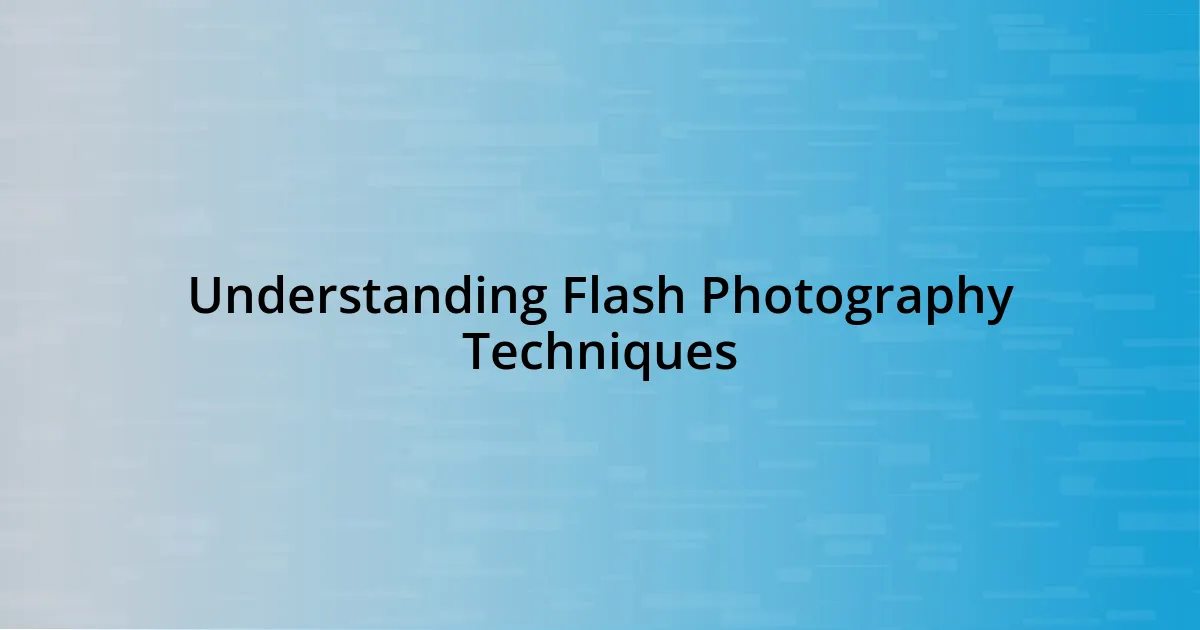
Understanding Flash Photography Techniques
Understanding flash photography techniques can be a game changer for capturing dynamic images, especially in low-light situations. I remember my first attempt; I thought just popping a flash was enough. But then I realized that light direction and intensity play crucial roles. Why does this matter? Well, it can dramatically change the mood of your photo.
For instance, bouncing flash off a ceiling or wall can create a softer light that fills the space beautifully. I once tried this technique at a wedding, and the results were stunning. The happy couple was lit softly, creating an intimate atmosphere that I was proud to capture. Have you ever experienced a moment where the light just felt perfect? It’s all about understanding how to manipulate it.
Additionally, using flash in manual mode gives photographers more control over their images. I often adjust the flash output based on the background lighting, which can lead to creative shots. I often think of flash like a paintbrush; each adjustment allows me to create a unique masterpiece. Have you considered exploring this aspect of flash photography? You might find it opens up a whole new world of possibilities.
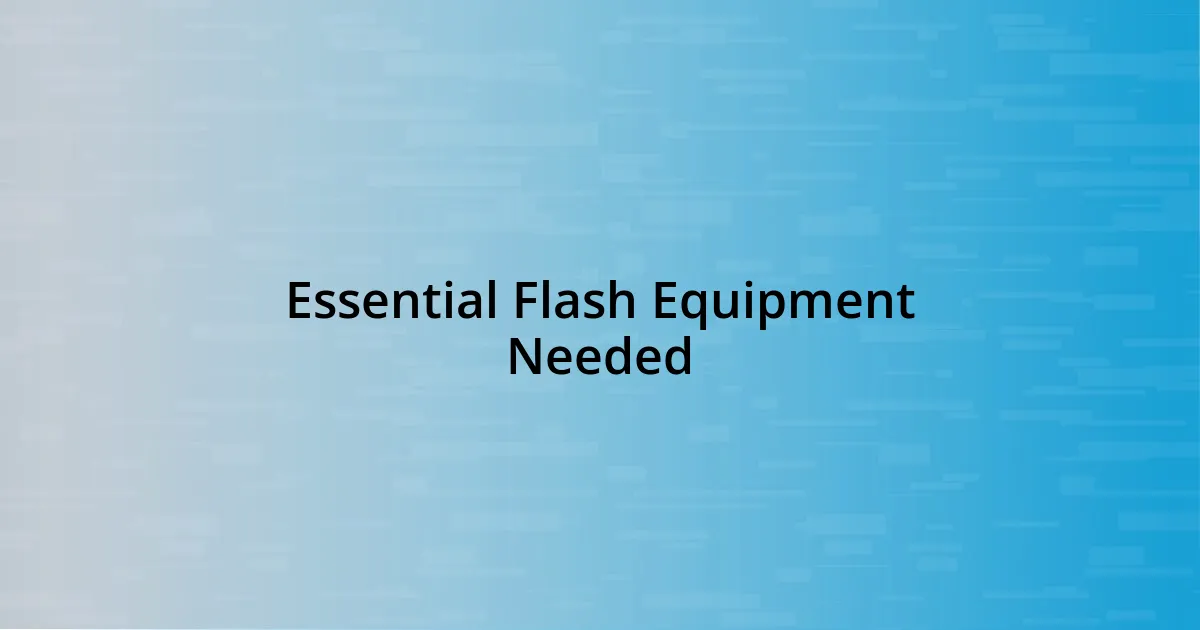
Essential Flash Equipment Needed
When it comes to essential flash equipment, starting with a quality external flash is crucial. I still remember the day I upgraded from the built-in flash of my camera to an external unit. It felt like stepping into a new realm of creativity. The versatility it offered, like tilt and swivel adjustments, gave me the freedom to bounce light, leading to much softer, more flattering illumination. It truly transformed my portraits.
Another essential piece of gear is a light modifier. Whether it’s an umbrella or a softbox, I’ve found that these devices make a significant difference in controlling light diffusion. A softbox, for instance, creates beautifully soft shadows that can elevate a plain shot into something magical. I once set up a softbox for a family shoot and the transformation was astounding; everyone’s skin tones appeared richer and warmer. It’s incredible how a simple modification can impact the overall feel of an image.
Lastly, light stands and triggers are indispensable for flexible setups. I often use these tools to position my flash away from the camera, allowing me to create depth and dimension in my shots. Thinking back to a recent event, I placed my flash atop a sturdy stand at an angle, which resulted in dramatic highlights that captured the excitement of the moment perfectly. The right equipment not only enhances your capabilities but can also elevate your artistic vision.
| Equipment | Purpose |
|---|---|
| External Flash | Provides versatility for different lighting conditions |
| Light Modifier | Diffuses light for softer shadows and effects |
| Light Stand | Holds flash in place for creative positioning |
| Flash Trigger | Wirelessly fires the flash for off-camera action |
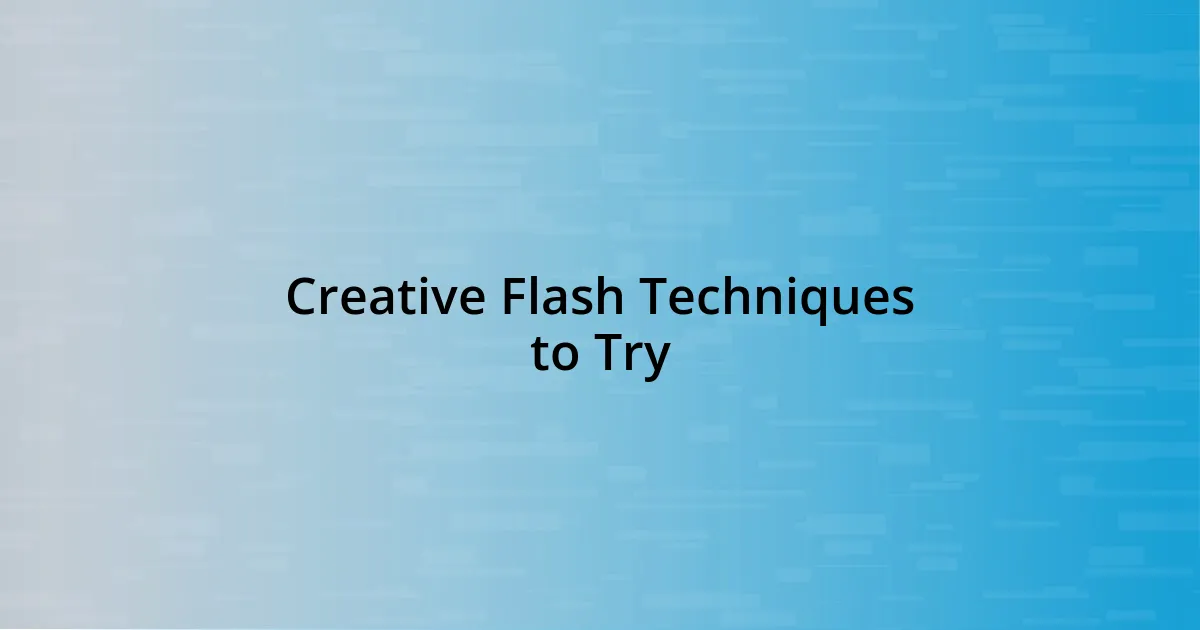
Creative Flash Techniques to Try
Flash photography can be a rich playground of creativity, and there are several techniques that can dramatically enhance your shooting experience. One technique I absolutely love is creating silhouettes by underexposing the background while using a flash to highlight the subject. I remember the thrill of capturing my friend playing the guitar backlit by a sunset; the flash made him pop against the glowing backdrop, creating a striking image that told a story. That moment solidified my belief in the power of experimenting with light and its direction.
Here are some creative flash techniques to explore:
- Slow Sync Flash: Capture motion by combining slow shutter speeds with your flash. It can create a beautiful blur effect behind your subject.
- Flash Gels: Use colored gels to change the color temperature of your flash. I once added a warm gel while shooting in the evening, and it transformed the scene with a cozy, inviting feel.
- High-Speed Sync: This lets you shoot at higher shutter speeds. It’s a game-changer for outdoor portraits where you want to freeze motion while maintaining a shallow depth of field.
- Flash in a Box: Set up a flash in a box or enclosure with reflective surfaces for creative light patterns. I tried this at a recent product shoot and was amazed at the varied highlights it created on the subject.
- Off-Camera Flash: Moving your flash away from your camera opens a world of possibilities. I still remember the first time I shot a couple outdoors with remote triggers, and the dynamic light really elevated the romance of the shots.
These approaches have brought so much depth to my photography and can do the same for your own creative endeavors. Each technique is like a new recipe; when mixed, they can yield deliciously unique results!

Experimenting with Flash Placement
Finding the right flash placement can truly make or break an image. I often experiment with distance and angles to see how the light transforms my subject. One day, I placed my flash just two feet away, angled slightly downward. The result? A captivating interplay of light and shadow that added depth to the portrait, creating a dramatic, almost theatrical effect.
Once, during a candid outdoor event, I decided to place my flash behind my subject. As it illuminated them from the back, it created a stunning rim light that separated them from the bustling background. It’s moments like these that remind me of the magic of flash placement. Have you ever tried backlighting? If not, I highly recommend giving it a shot— the results can be incredibly dynamic!
Additionally, I find that experimenting with height plays a significant role. When I raised my flash above head height during a group shot, it introduced soft shadows that removed harsh lines on the faces, resulting in a more flattering image. This experience highlighted how simple adjustments in placement can significantly influence the mood and feel of a photo. It’s all about exploring and finding that sweet spot that resonates with the story you want to tell.
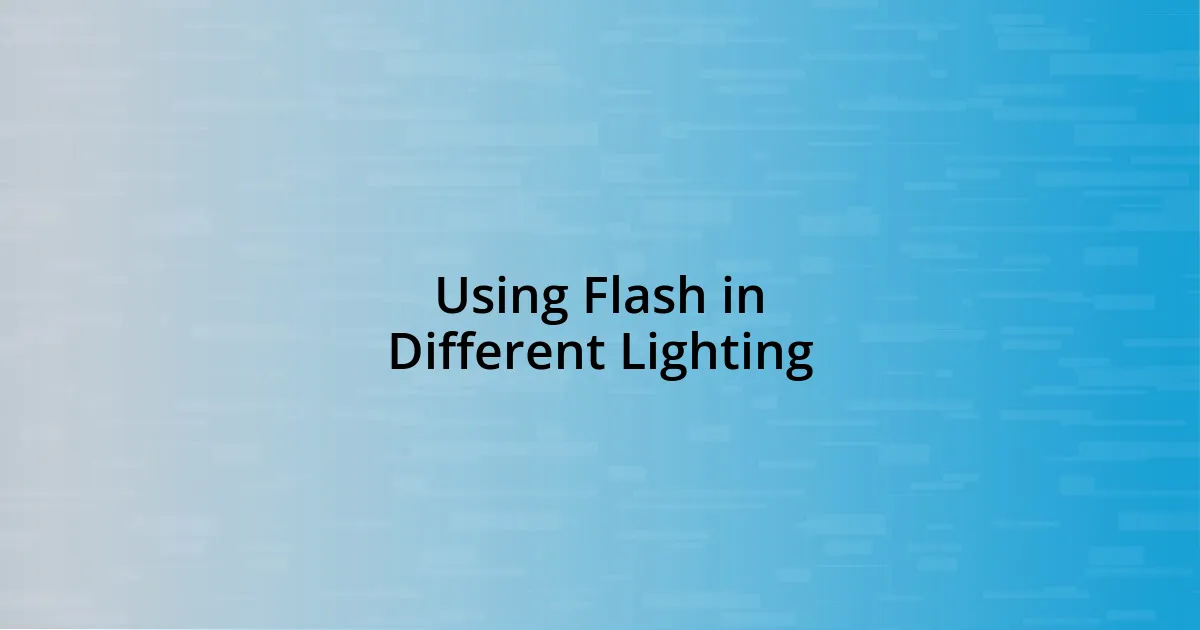
Using Flash in Different Lighting
Using flash in different lighting conditions can transform an ordinary scene into something extraordinary. I recall a rainy day when the sky was overcast, creating a flat and dull backdrop. By incorporating flash, I managed to illuminate my subject, giving them a vibrant glow that stood out against the dreary weather. It was a reminder that even the gloomiest days can lead to stunning photographs with the right use of light.
The golden hour presents unique challenges, particularly with bright sunlight throwing strong shadows. One evening, I decided to utilize fill flash to soften those harsh contrasts on my subject’s face. The effect was striking; their features became beautifully illuminated without losing the warmth of the sunset. It’s moments like this that make me wonder—how often do photographers overlook the power of fill flash in such stunning light?
When shooting indoors with ambient light sources like lamps or overhead bulbs, I often adjust my flash’s power to blend seamlessly with the existing conditions. I once captured a family gathering using this technique, and the warm light from the flash harmonized perfectly with the cozy glow of the room. The images were filled with genuine smiles, reflecting the warmth and intimacy of the moment. Have you ever considered how flash can enhance the mood of an indoor scene like that? It’s astonishing what a thoughtful approach to lighting can achieve.
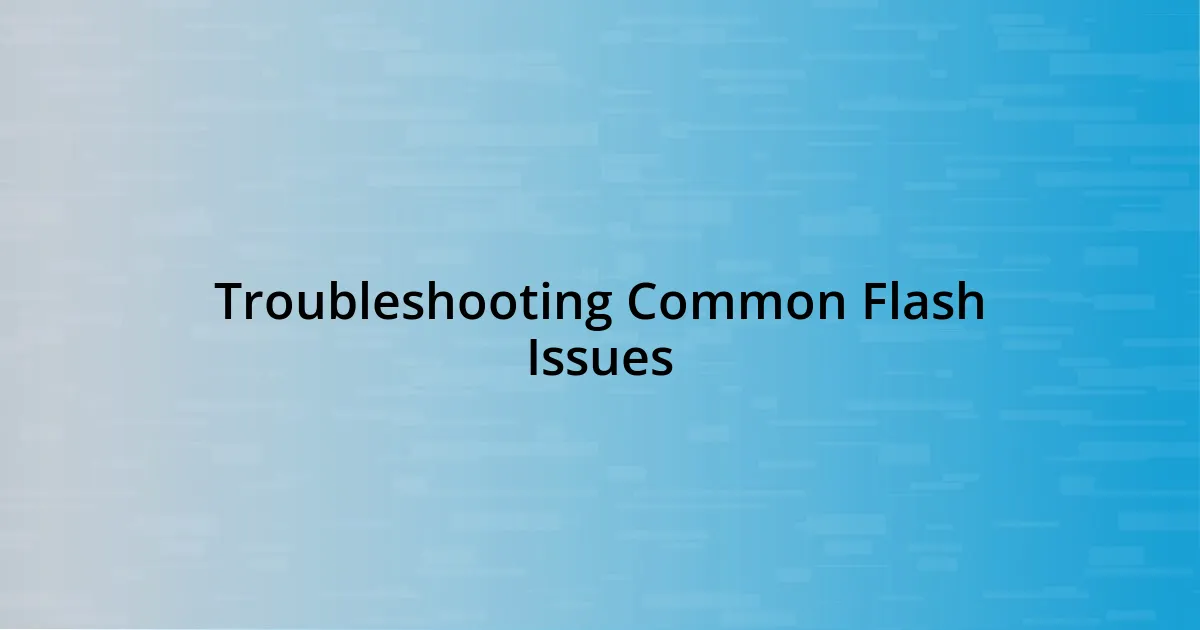
Troubleshooting Common Flash Issues
Sometimes, despite my best efforts, flash can produce unwanted effects. For instance, one evening, while shooting under a bright chandelier, I noticed a harsh glare bouncing off my subject’s glasses. I remember stopping and fiddling with my flash settings, lowering the output and tilting the angle. It’s incredible how a simple adjustment like that can transform a frustrating situation into a beautifully lit portrait!
I’ve often faced another common challenge—red-eye. It’s annoying, isn’t it? I encountered this issue during a family gathering. The kids were having a blast, and as I snapped away, I didn’t notice the red-eye creeping into some of my favorite shots. Ever since, I’ve made it a habit to use a wider aperture and angle the flash away from the subjects, which can help prevent that unsettling glow. Have you tried this technique? The difference is remarkable!
Then there’s the dreaded flash not firing at all. I had a moment at a wedding when I lifted my camera, only for my flash to stubbornly refuse to pop up. Talk about a heart-stopping moment! I quickly checked the battery and the connection, realizing the battery was low. I learned the hard way to always carry extra batteries, that way I’m prepared for whatever surprises the day may hold. It’s a good reminder that a little preparation can save you a lot of stress in the heat of the moment!
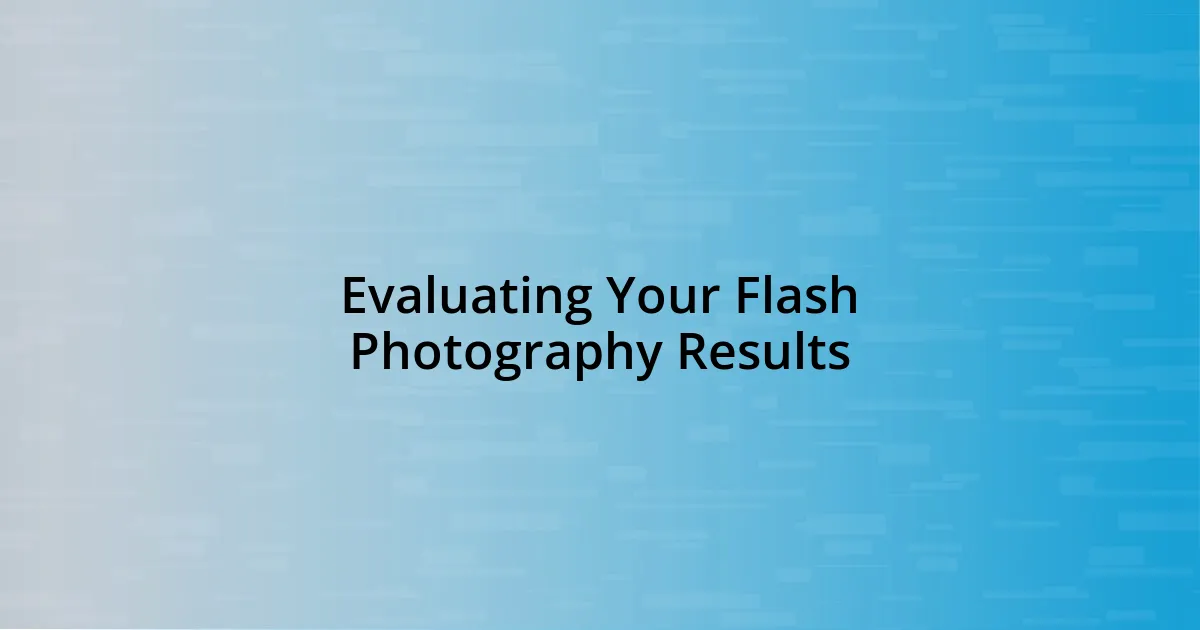
Evaluating Your Flash Photography Results
Evaluating your flash photography results isn’t just about looking for perfect exposure; it’s a fascinating journey of discovery. I remember reviewing a set of images from a party where I relied heavily on my external flash. As I scrutinized each shot, I felt a mixture of excitement and apprehension. Some images dazzled with their brightness, while others felt flat. This contrast taught me to critically assess my outcomes—how did the light interact with my subjects?
One of my favorite techniques is to dive into the details of shadows and highlights. After a beach shoot at sunset, I was eager to examine how the flash filled in the heavy shadows on my friend’s face. Upon reviewing the images, I discovered that while some were beautifully balanced, others resulted in harsh lines that disrupted the flow of the scene. It had me pondering—how can a subtle shift in positioning or power create a significantly different mood? I’ve found that by adjusting where I direct the flash, I can achieve a more natural look that complements the environment.
I also pay close attention to the colors in my flash photography. There was this one outdoor event where my flash took on a bluish hue, throwing off the skin tones of my subjects. As I evaluated those results, I realized how vital it is to consider the color temperature of the ambient light. It’s a lesson I carry with me: understanding light is not just about intensity, but also about its quality. Have you ever captured a moment only to find the colors weren’t as expected? Reflecting on these experiences has had a profound impact on how I adapt my techniques in the future.



